Home>Interior Design>How To Buy Bunk Beds
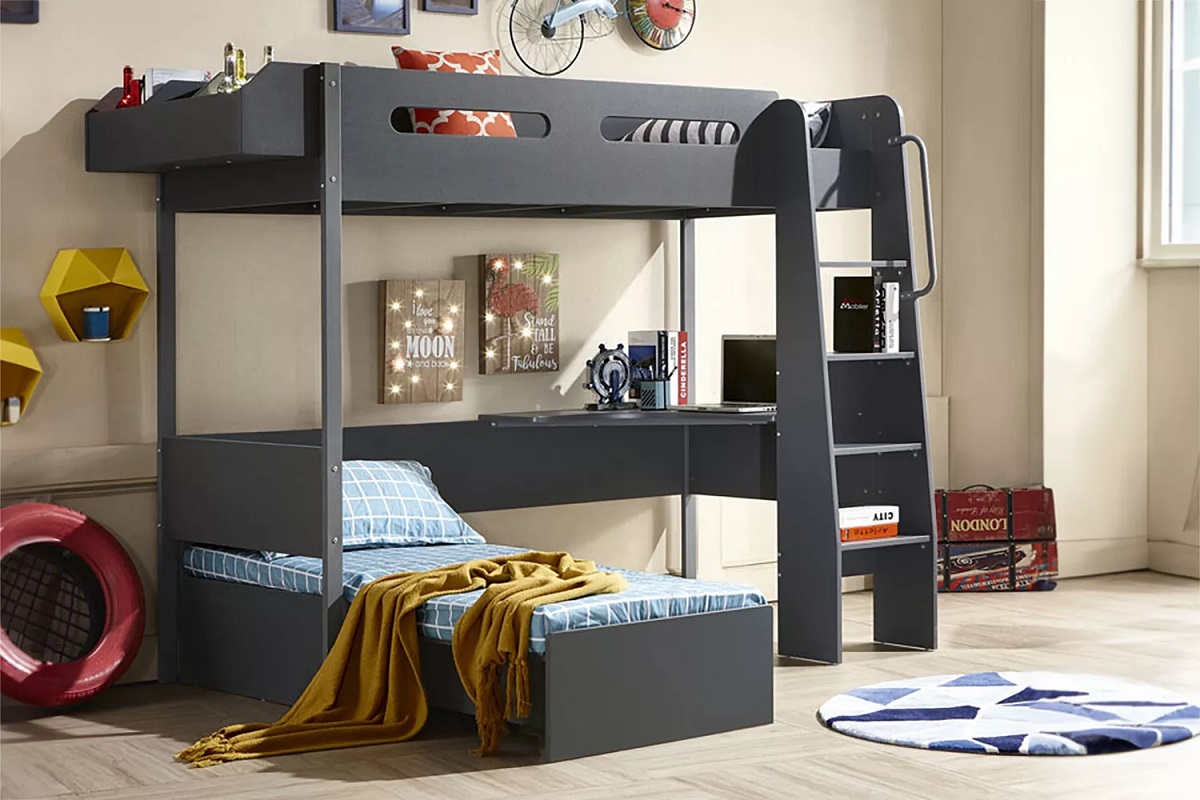

Interior Design
How To Buy Bunk Beds
Modified: December 7, 2023
Looking for bunk beds? Discover the best tips and tricks for interior design to buy the perfect bunk bed for your space.
(Many of the links in this article redirect to a specific reviewed product. Your purchase of these products through affiliate links helps to generate commission for Storables.com, at no extra cost. Learn more)
Introduction
Welcome to our comprehensive guide on how to buy bunk beds. Bunk beds are not only a practical solution for maximizing space in a room but also offer a fun and unique sleeping arrangement for both kids and adults. Whether you are looking to furnish a shared bedroom, accommodate overnight guests, or create a cozy nook for relaxation, bunk beds can be a versatile and stylish choice.
However, with so many options available in the market, it’s essential to consider several factors before making your purchase. By understanding these factors, you can ensure that you choose a bunk bed that meets both your practical needs and aesthetic preferences.
In this guide, we will walk you through the key aspects to consider when buying bunk beds, explore different types of bunk beds, provide tips for making the right decision, and offer maintenance and care advice to extend the lifespan of your bunk bed.
So, whether you’re a parent searching for the perfect bunk bed for your children or an adult looking for a space-saving solution, read on to discover everything you need to know about buying bunk beds.
Key Takeaways:
- Choose the right bunk bed by considering size, material, safety, and style options. Research reputable retailers, read reviews, and visit showrooms for a successful purchase.
- Maintain bunk beds by cleaning frames, inspecting screws, and replacing worn-out parts. Careful consideration and regular maintenance ensure longevity and safety for users.
Read more: Where Can I Buy A Bunk Bed Ladder
Factors to Consider When Buying Bunk Beds
When purchasing bunk beds, there are several important factors to take into consideration. These factors will not only ensure that the bunk bed fits well within your space but also guarantee safety and durability. Here are five key factors to keep in mind:
- Size: The size of the bunk bed is crucial, as it needs to fit comfortably within your room. Measure the available space and consider the height as well. Make sure that the bunk bed doesn’t obstruct any windows, ceiling fans, or other fixtures.
- Material: Bunk beds are typically made from wood or metal. Each material has its own advantages. Wood offers a warm and traditional look, while metal provides a sleek and modern aesthetic. Consider the durability and maintenance requirements of each material to choose the one that best suits your needs.
- Weight Capacity: Bunk beds need to be sturdy enough to support the weight of the sleepers. Check the weight capacity of the bunk bed to ensure it can accommodate the individuals who will be using it. This is particularly important if adults will be using the bunk bed.
- Safety Features: Safety should be a top priority when buying bunk beds, especially if they will be used by children. Look for features such as guardrails on the top bunk to prevent falls, sturdy ladders or staircases for easy access, and secure mattress supports. Make sure the bed meets safety standards and certifications.
- Style and Design Options: Bunk beds come in various styles and designs to complement different room aesthetics. Consider the overall décor and theme of the room and choose a bunk bed that fits well. Options range from classic designs to more modern and innovative styles like bunk beds with built-in storage or study areas.
By considering these factors, you can ensure that the bunk bed you choose is not only functional and safe but also aligns with your personal style and preferences. In the next section, we will explore different types of bunk beds to further assist you in making an informed decision.
Types of Bunk Beds
Bunk beds come in a variety of styles, each offering its own unique features and advantages. Understanding the different types of bunk beds available can help you choose the one that best suits your needs and preferences. Here are four common types of bunk beds:
- Standard Bunk Beds: Standard bunk beds are the most common type and feature two beds, one stacked on top of the other. They usually come with a ladder or staircase for access to the top bunk. This type of bunk bed is ideal for maximizing vertical space without sacrificing sleeping arrangements.
- L-shaped or Corner Bunk Beds: L-shaped or corner bunk beds are designed with the beds arranged in an L-shape, forming a corner. This style is perfect for utilizing and maximizing corner spaces in a room. It also offers more floor space for other furniture or activities.
- Loft Bunk Beds: Loft bunk beds consist of a raised bed on top and an open area or workstation underneath. This design is popular for its versatility, as the space beneath the top bunk can be used for a variety of purposes such as a study area, play space, or additional storage. Loft bunk beds can be a practical solution for rooms with limited space.
- Triple Bunk Beds: Triple bunk beds, as the name suggests, feature three beds stacked vertically. They are an excellent option for larger families or when hosting sleepovers. Triple bunk beds are designed to maximize sleeping capacity while minimizing the floor space used.
These are just a few examples of the types of bunk beds available in the market. Each type offers its own advantages and considerations, so it’s important to assess your specific needs and available space before making a decision. In the next section, we will discuss how to determine the right bunk bed for your needs.
Determining the Right Bunk Bed for Your Needs
Choosing the right bunk bed involves considering various factors to ensure it meets your specific needs and requirements. Here are three important considerations when determining the right bunk bed for you:
- Assessing Available Space: Measure the dimensions of the room where the bunk bed will be placed. Consider the ceiling height, as some bunk beds may be taller than others. Take note of any existing furniture or fixtures that may impact the placement of the bunk bed. By assessing the available space, you can ensure that the bunk bed fits without overcrowding the room.
- Considering Functionality and Additional Features: Think about how you intend to use the bunk bed. Are you looking for extra storage space, a study area, or additional sleeping options? Some bunk beds come with built-in drawers, shelves, or desks, offering additional functionality and convenience. Consider your specific needs and look for bunk beds that provide the features you require.
- Examining Budget Constraints: Set a budget for your bunk bed purchase. Bunk bed prices can vary depending on factors such as material, brand, and additional features. Determine how much you are willing to spend and consider the long-term value of the bunk bed. Investing in a durable and high-quality bed may be more cost-effective in the long run.
By carefully assessing the available space, considering the functionality and additional features, and examining your budget constraints, you can narrow down your options and find the bunk bed that best suits your needs and preferences. In the next section, we will discuss how to shop for bunk beds and make an informed purchase decision.
When buying bunk beds, measure the space where the bed will go to ensure it will fit. Consider the weight capacity and safety features for the top bunk. Look for sturdy construction and consider the material and style that best fits your needs.
Shopping for Bunk Beds
Shopping for bunk beds can be an exciting process, but it’s important to approach it with careful consideration to ensure you make the right purchase. Here are four key steps to follow when shopping for bunk beds:
- Researching Reputable Retailers: Start by researching reputable retailers that specialize in furniture or specifically bunk beds. Look for retailers with a solid reputation, positive customer reviews, and a wide selection of bunk beds to choose from. This will help ensure that you have a reliable source for your purchase.
- Reading Customer Reviews: Customer reviews can provide valuable insights into the quality, durability, and customer satisfaction of a particular bunk bed model or brand. Take the time to read reviews from other customers who have purchased the bunk beds you are interested in. This will give you a better understanding of the pros and cons of each option.
- Comparing Prices and Quality: Bunk beds come in a range of prices, so it’s essential to compare prices and quality across different retailers. Look for the best value for your budget and consider factors such as material, construction, warranty, and safety features. Remember that durability and safety are crucial, so don’t solely focus on the price when making your decision.
- Visiting Physical Stores or Showrooms: While online research is convenient, it can be beneficial to visit physical stores or showrooms to see the bunk beds firsthand. This allows you to assess the quality, comfort, and overall appearance of the bunk bed. Additionally, you can take measurements and visualize how the bunk bed will fit in your space.
By following these steps, you can gather all the necessary information and make an informed decision when purchasing your bunk bed. Remember to take your time and explore all your options before making a final choice. In the next section, we will provide some essential tips for purchasing bunk beds.
Read more: How To Make A Bunk Bed
Tips for Purchasing Bunk Beds
When purchasing bunk beds, it’s essential to be well-informed and take certain precautions to ensure a successful and satisfactory buying experience. Here are four crucial tips to keep in mind:
- Taking Measurements Accurately: Before purchasing a bunk bed, take precise measurements of the room where it will be placed. Consider the ceiling height, as well as any obstacles such as windows or light fixtures. Taking accurate measurements will help you choose a bunk bed that fits perfectly and maximizes the available space.
- Checking for Certifications and Safety Standards: Safety is paramount when buying bunk beds, especially if they will be used by children. Look for bunk beds that have been certified and meet safety standards. These certifications ensure that the bunk bed has undergone rigorous testing for stability, structural integrity, and lead-free paint. Look for certifications such as ASTM or CPSC to ensure the bunk bed meets the necessary safety requirements.
- Asking About Warranties and Return Policies: Inquire about warranties and return policies before making your purchase. A warranty can provide peace of mind, as it covers any manufacturing defects or structural issues. Additionally, familiarize yourself with the retailer’s return policy in case you need to return or exchange the bunk bed for any reason.
- Ensuring Proper Installation and Assembly: Proper installation and assembly of the bunk bed are crucial for safety and stability. Carefully follow the manufacturer’s instructions or hire professional help if necessary. It’s essential to ensure that all screws and joints are tightly secured and that the bunk bed is level and stable. Regularly inspect the bed for loose parts and tighten any screws as needed.
By following these tips, you can ensure that you make a well-informed and safe purchasing decision when buying your bunk bed. Remember, the comfort and safety of those who will be using the bunk bed are of utmost importance. In the next section, we will discuss the maintenance and care of bunk beds to help prolong their lifespan.
Maintenance and Care of Bunk Beds
Proper maintenance and care are essential for keeping your bunk bed in excellent condition and ensuring its longevity. Here are three important aspects to consider:
- Cleaning and Maintaining the Bed Frames: Regularly clean the bed frames to remove dust, dirt, and stains. Use a mild soap and water solution to wipe down the surfaces, and avoid using harsh chemicals that may damage the finish. For wooden bunk beds, consider applying furniture polish or wax to keep the wood nourished and protected. Metal frames can be wiped down with a damp cloth and dried thoroughly to prevent rust formation.
- Regularly Inspecting Screws and Joints: Periodically inspect the screws, bolts, and joints of the bunk bed to ensure they are tight and secure. Over time, the constant use of the bed may cause these connections to loosen. Tighten any loose screws promptly to maintain the structural integrity of the bunk bed. Regular inspections will help prevent accidents or instability.
- Replacing Worn-out Parts or Mattresses: Monitor the condition of the bunk bed’s parts and mattresses. If you notice any signs of wear and tear, such as splintered wood, bent metal, or sagging mattresses, it’s crucial to address them promptly. Replace any worn-out or damaged parts to maintain the structural stability and safety of the bunk bed. Additionally, consider replacing mattresses when they become uncomfortable or lose their support.
By implementing these maintenance practices, you can extend the lifespan of your bunk bed and ensure it remains in optimal condition for years to come. Regular care and attention will help you avoid any potential issues and keep the bunk bed safe and comfortable for its users.
Now that you have a comprehensive understanding of how to buy, select, maintain, and care for bunk beds, you are well-equipped to make an informed decision and enjoy the benefits of this versatile and space-saving bedding solution.
Happy bunk bed shopping!
Conclusion
Choosing the right bunk bed requires careful consideration and understanding of your specific needs and preferences. By considering factors such as size, material, weight capacity, safety features, and style options, you can find a bunk bed that not only fits your space but also enhances its functionality and aesthetic appeal.
With various types of bunk beds available, including standard bunk beds, L-shaped or corner bunk beds, loft bunk beds, and triple bunk beds, you have the flexibility to choose the design that best suits your room layout and requirements.
When shopping for bunk beds, it is important to research reputable retailers, read customer reviews, compare prices and quality, and visit physical stores or showrooms to assess the options firsthand. Taking accurate measurements, checking for certifications and safety standards, inquiring about warranties and return policies, and ensuring proper installation and assembly are key steps to ensure a successful purchase and safe usage of the bunk bed.
Proper maintenance and care of your bunk bed are crucial for its longevity. Regular cleaning and maintenance of the bed frames, inspecting screws and joints, and replacing worn-out parts or mattresses are necessary to keep the bunk bed in excellent condition and ensure the comfort and safety of its users.
By following these guidelines, you can confidently navigate the process of buying bunk beds and make an informed decision that meets both your practical needs and personal style. Bunk beds not only provide a functional space-saving solution but also add a touch of fun and uniqueness to any room.
So, whether you’re looking to create a cozy sleeping arrangement for your kids, accommodate overnight guests, or optimize space in a compact room, bunk beds offer a versatile and stylish solution. With the knowledge gained from this guide, you can embark on your bunk bed shopping journey with confidence and find the perfect bunk bed that meets your needs and elevates your living space.
Happy bunk bed shopping and enjoy the comfort and convenience of your new bunk bed!
Frequently Asked Questions about How To Buy Bunk Beds
Was this page helpful?
At Storables.com, we guarantee accurate and reliable information. Our content, validated by Expert Board Contributors, is crafted following stringent Editorial Policies. We're committed to providing you with well-researched, expert-backed insights for all your informational needs.
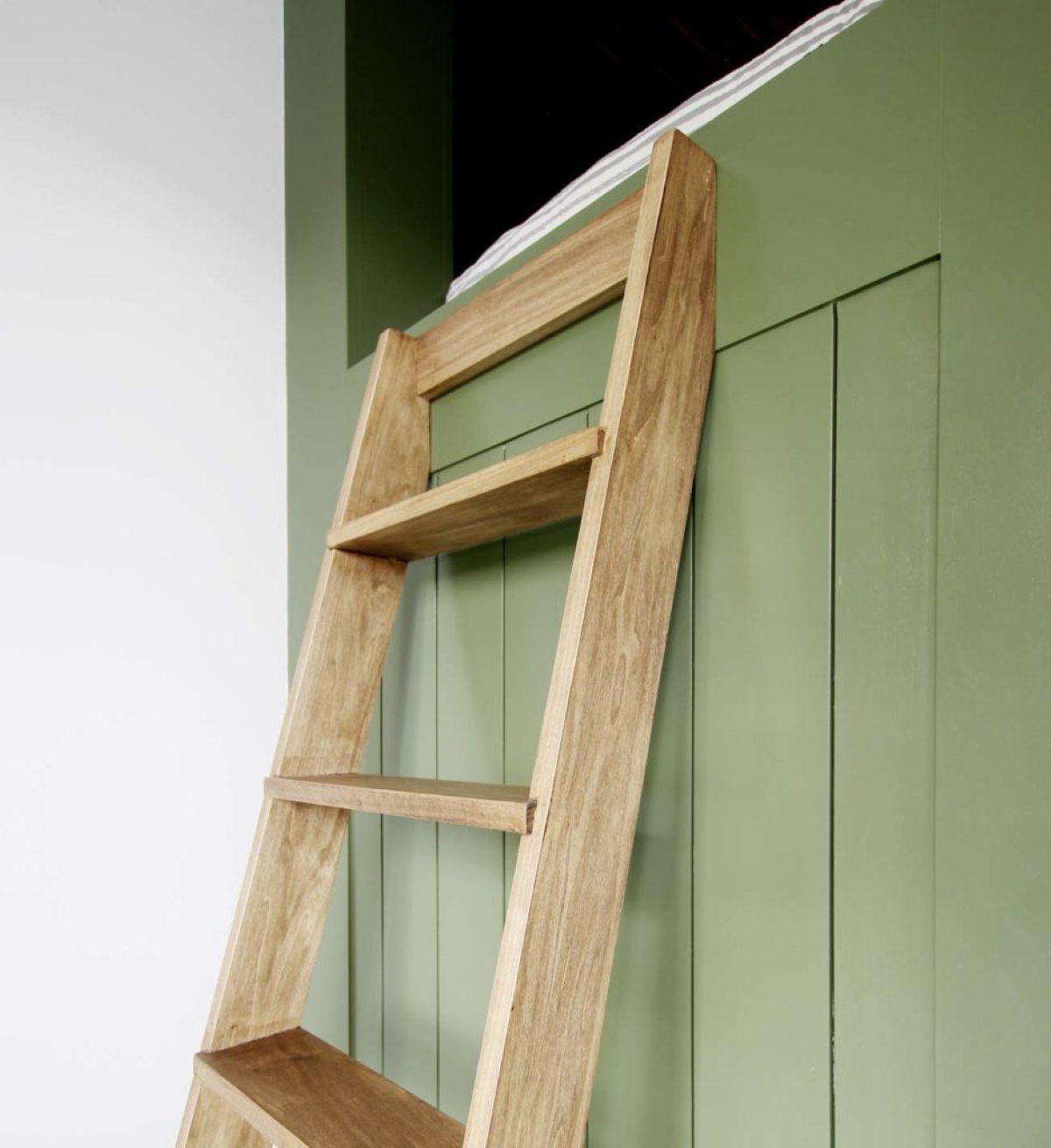
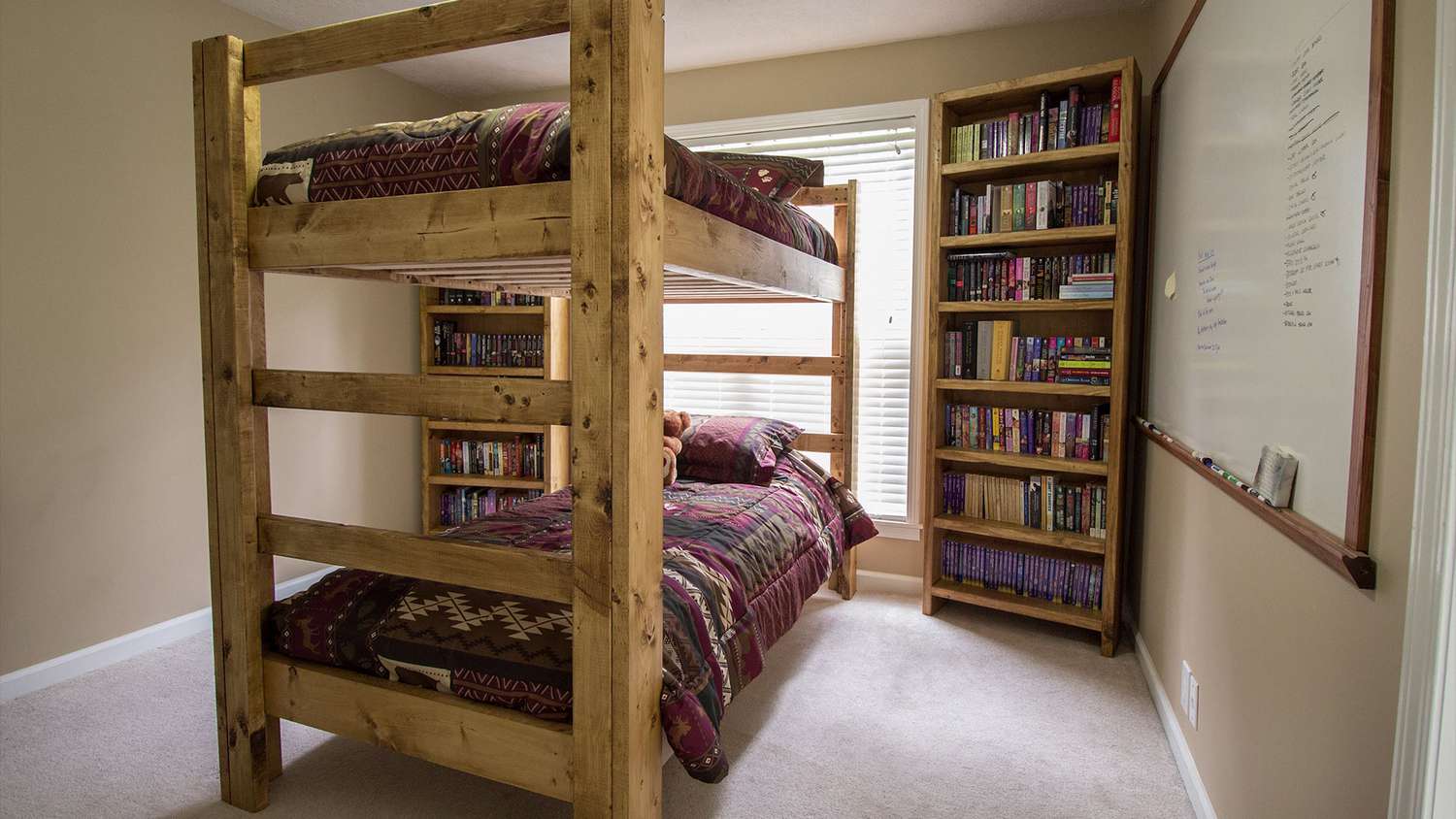
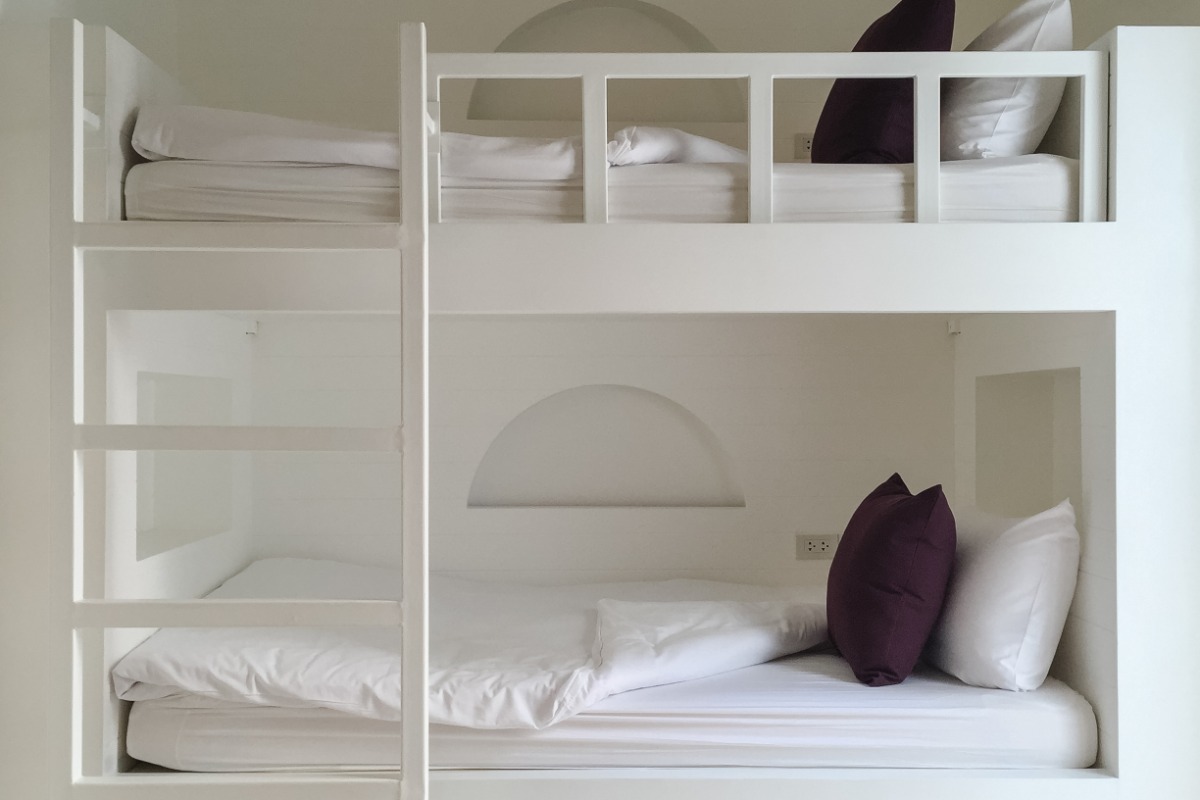
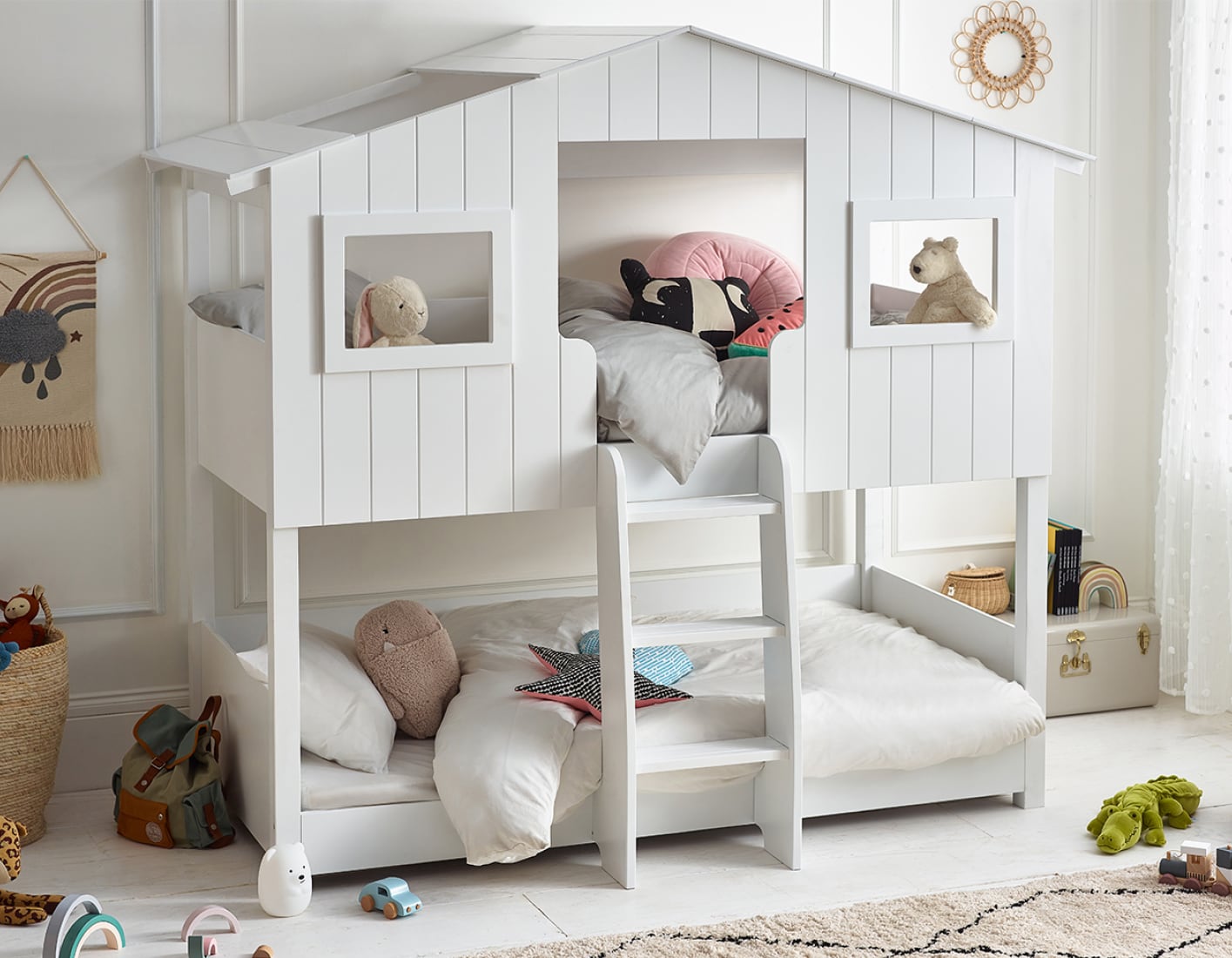
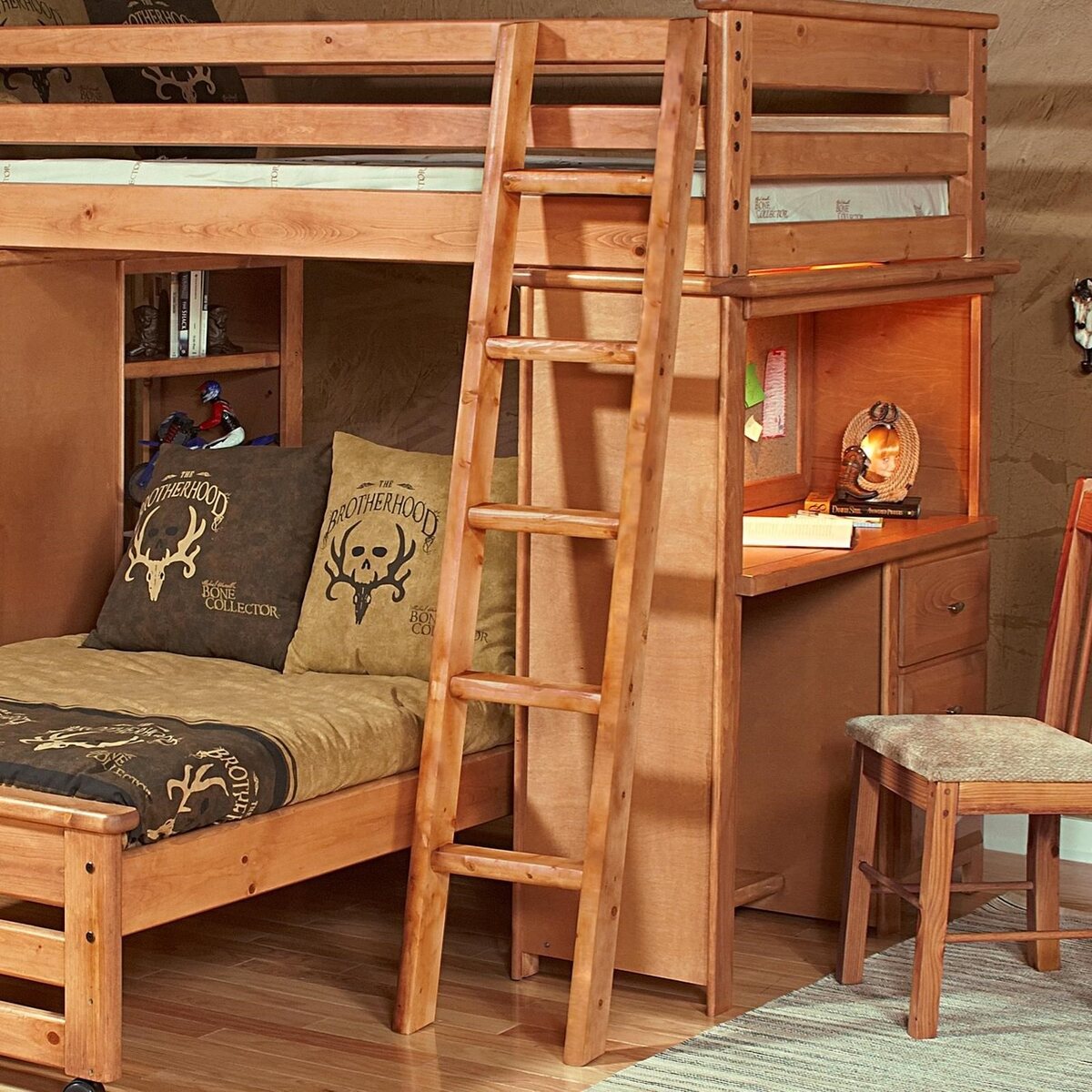
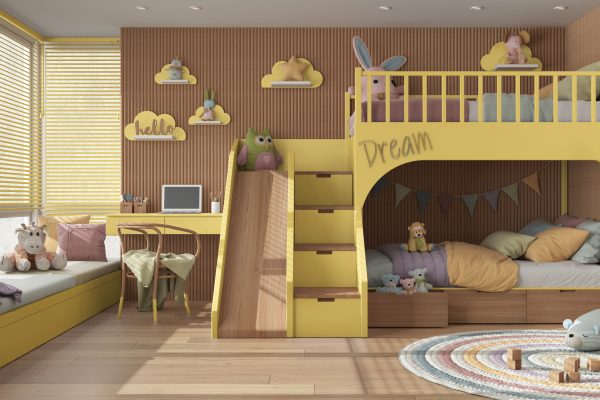
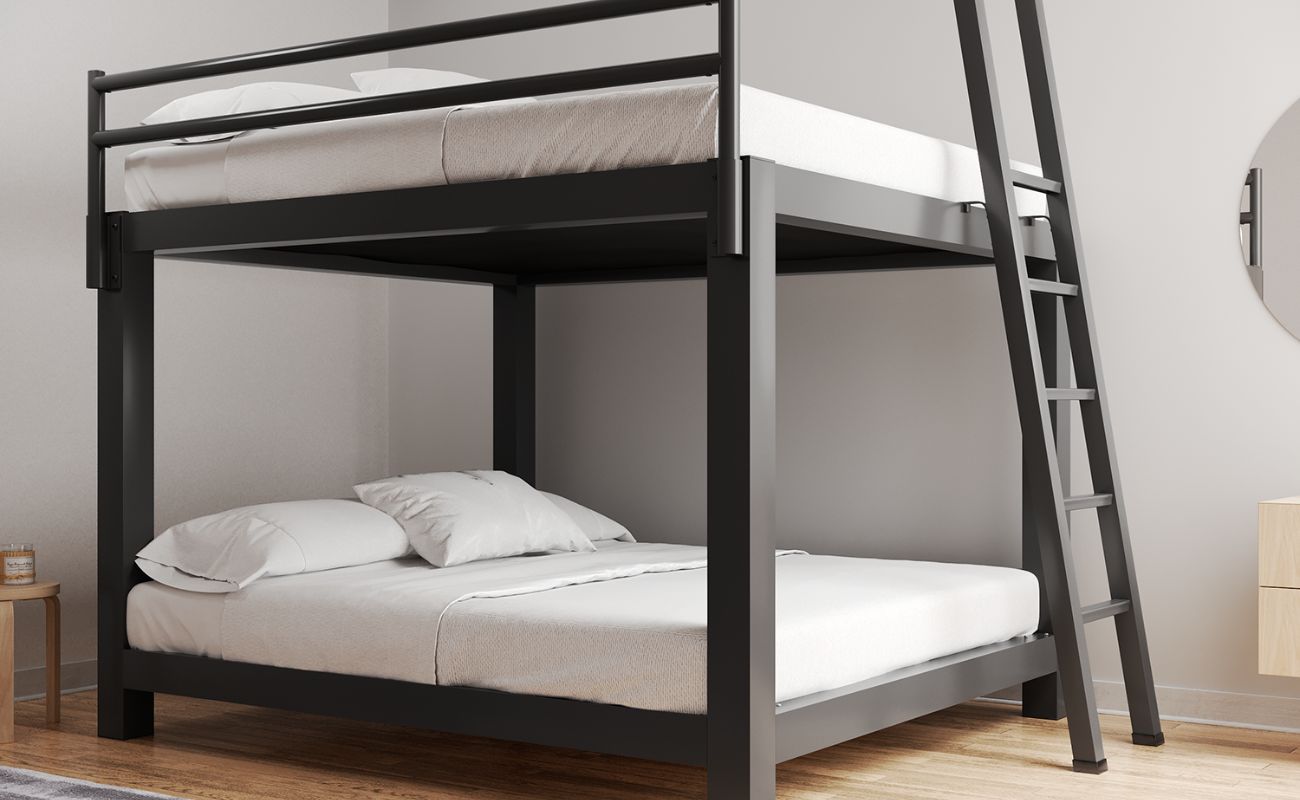

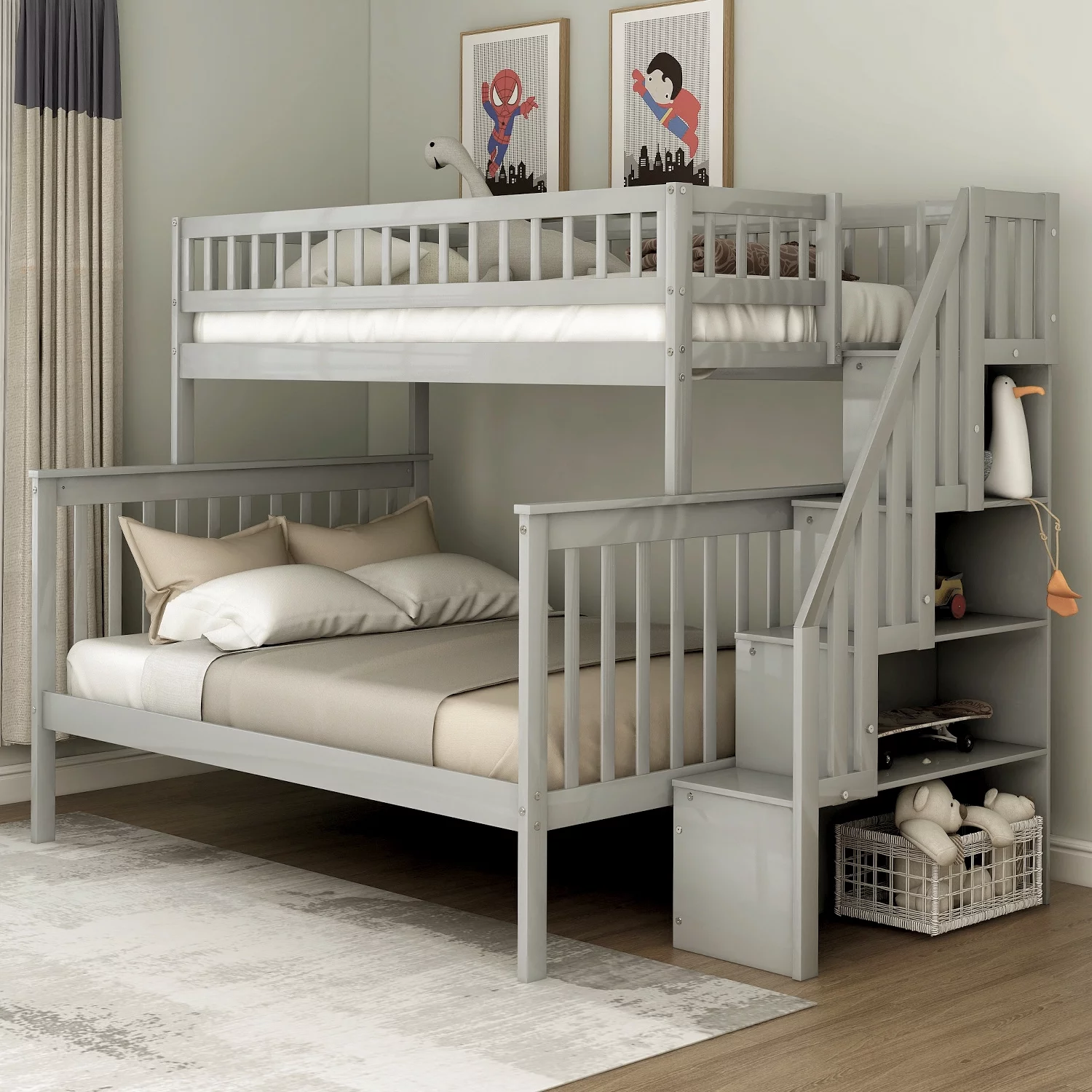
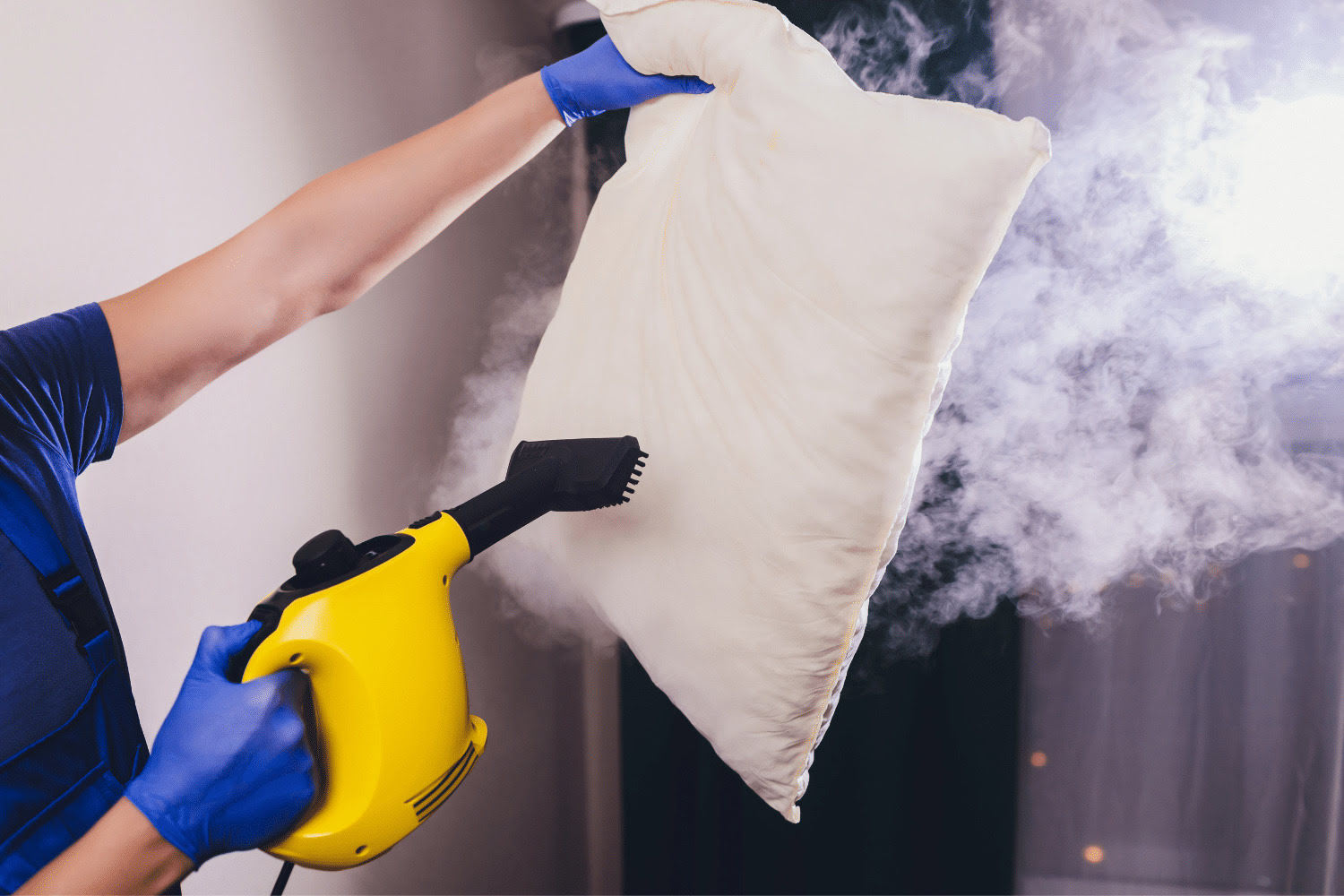
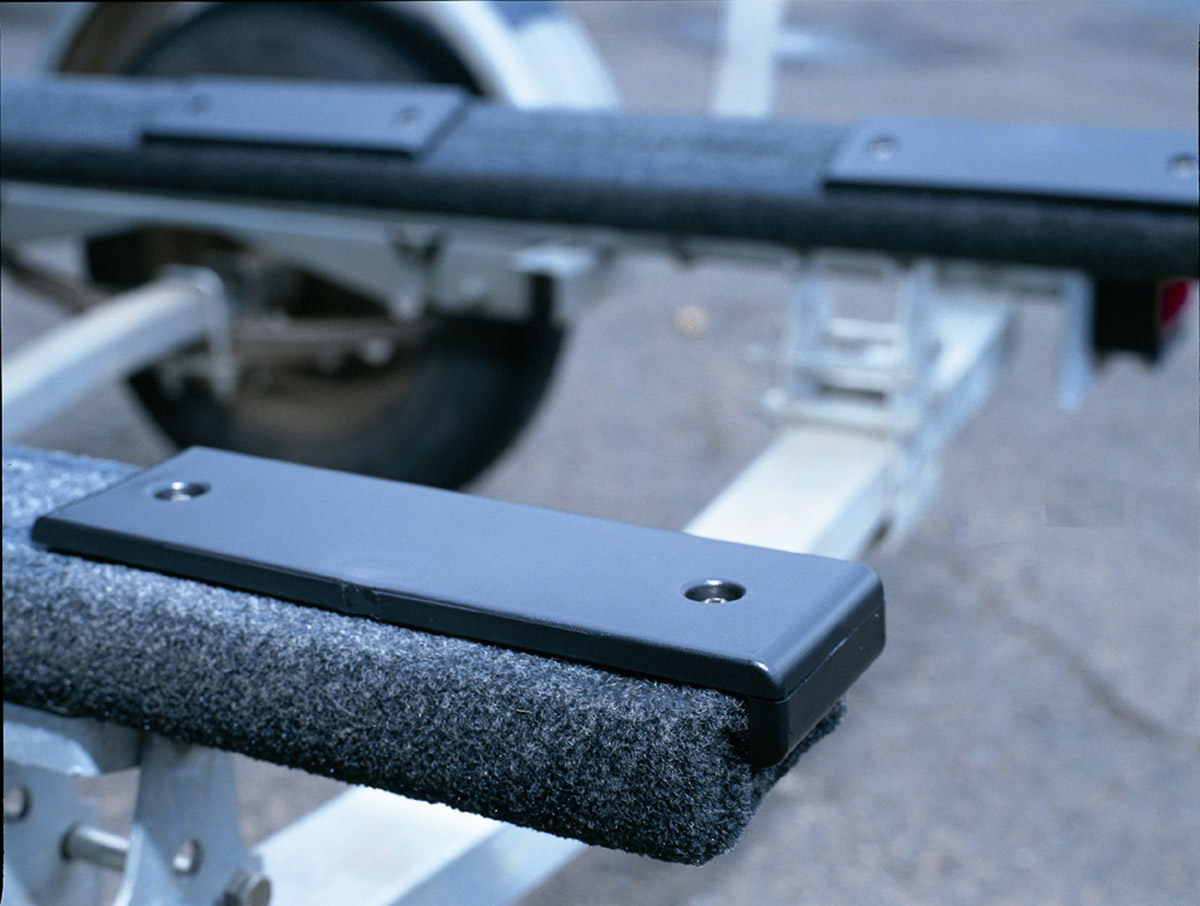
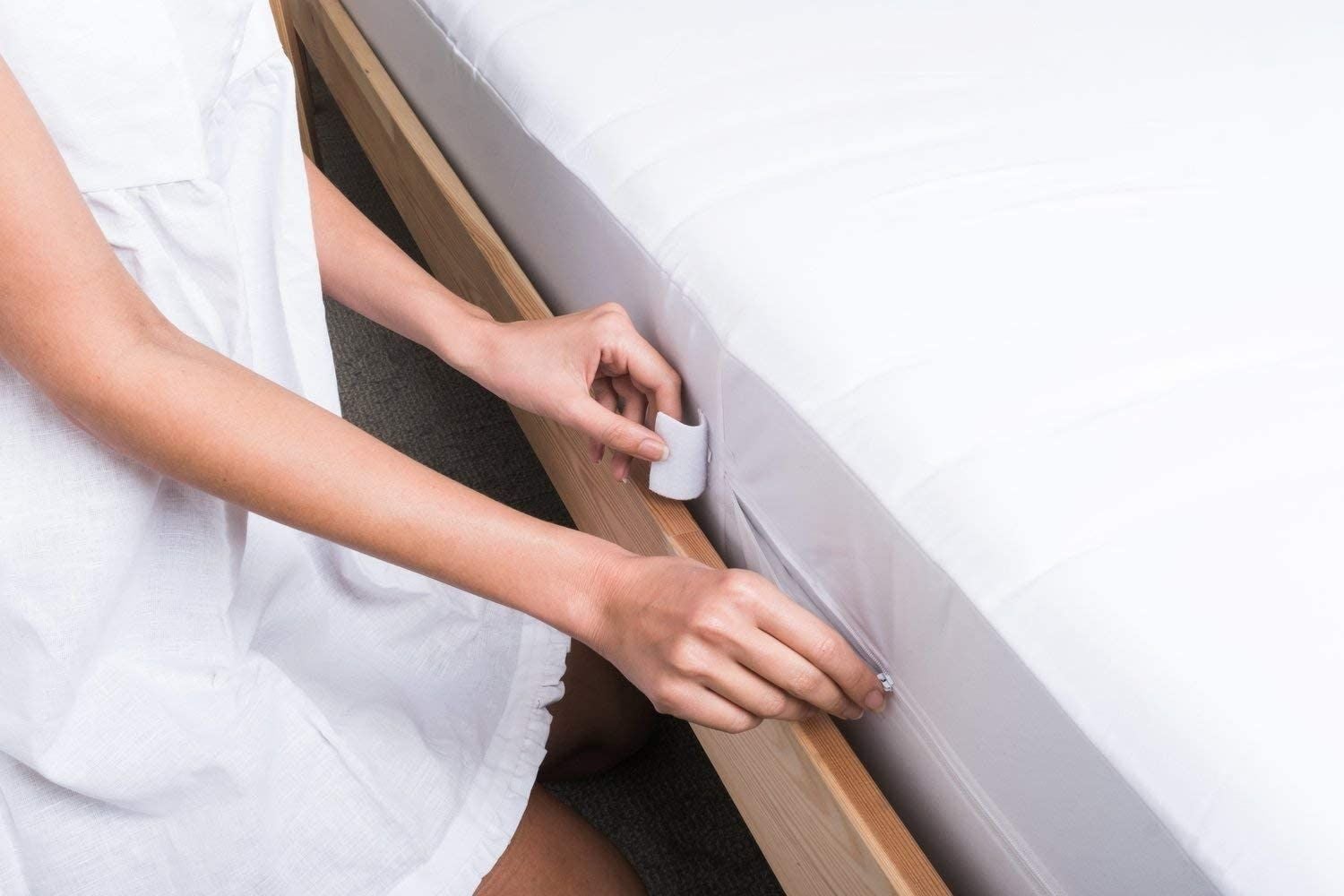



0 thoughts on “How To Buy Bunk Beds”